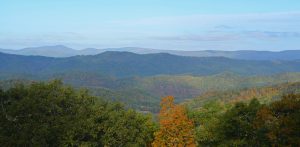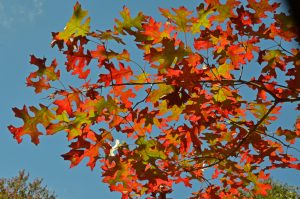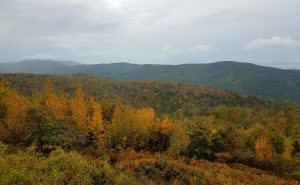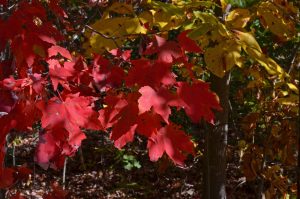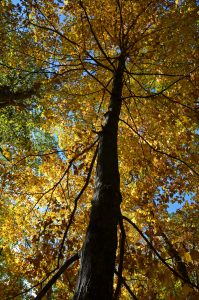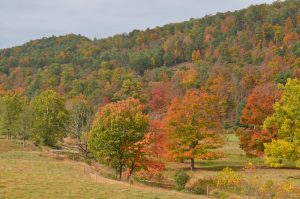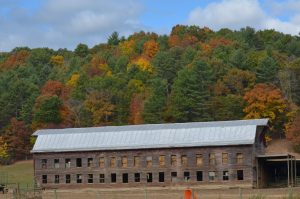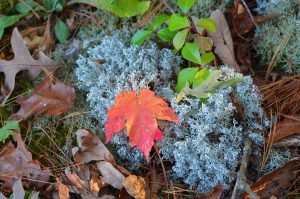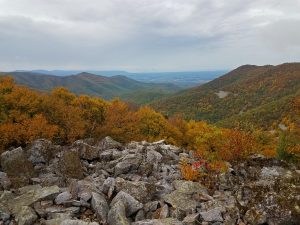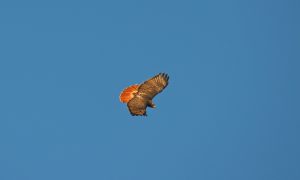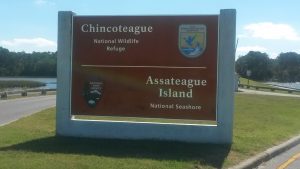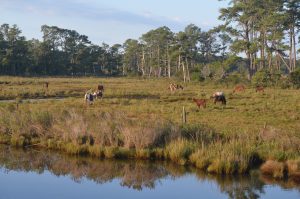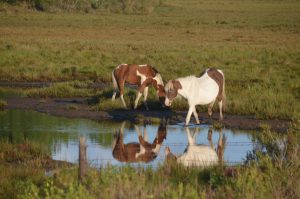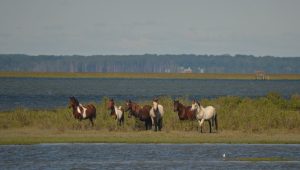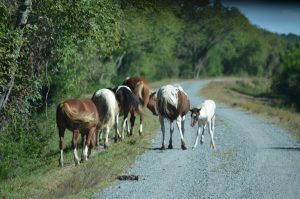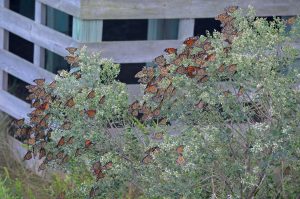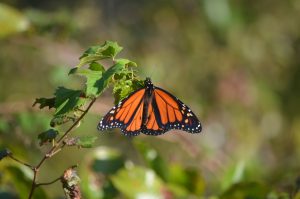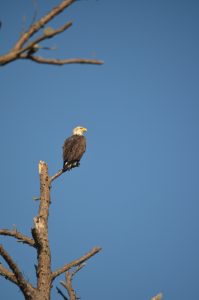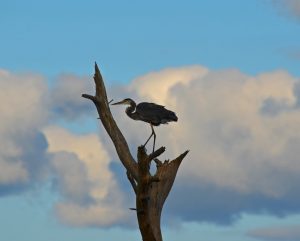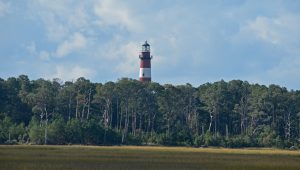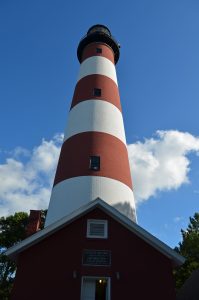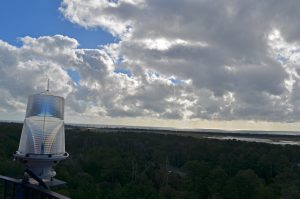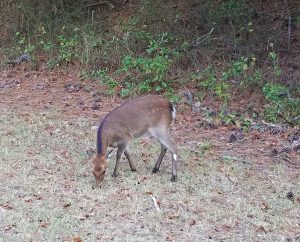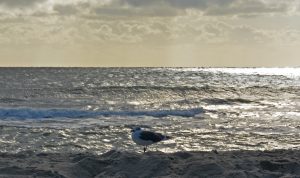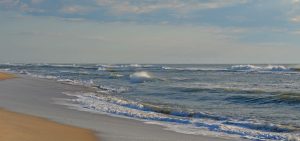Autumn is upon us, and that means its fall foliage time in the Appalachian Mountains once again! Now, in my October 2016 blog (True Colors, October 15, 2016) I explained why our broad leaf (deciduous) trees turned different colors, so I won’t bore you with all that technical science stuff again. Nope, just some basic search tips for finding some fall colors.
At this time last year, we were still living in Pennsylvania, which meant our trees were already peaking with their fall colors, since we were about 300 miles further north. But here at our new home in the Shenandoah Valley of Virginia, our reds, oranges and yellows are just starting to show, unless you venture to higher elevations. The Blue Ridge Mountains offer one of the most colorful and longest running fall leaf seasons in the world.
One of the many reasons for this is due to the varied elevations, which show prime fall colors for more than a month. Fall colors begin at the highest elevations in early October, and work their way down to the bottom in early November. So, if you’re a “leaf peeper” like me, to find early October color, you gotta go up! By trekking to higher elevations, you’re actually visiting tree level zones that are similar to forested areas much further north. This weekend that’s exactly what I did-I took Big Blue and we climbed to a few locations of +/- 3000’ elevation.
I first traveled west to Highland County in the Alleghany Mountains, on the WV border, where I was not disappointed. The maples, oaks, hickories and birches were displaying their brilliant colors under bluebird skies. A bonus was watching several migrating hawks along Shenandoah Mountain. My second journey was right in our own “backyard,” as I guided my family and my daughter’s boyfriend up to Shenandoah NP for a short, but amazing, hike to the Blackrock Overview. The cloudy skies and light drizzle didn’t damper our outdoor spirits, and we all enjoyed the high elevation tree colors, river of rocks and soaring (and calling) Common Ravens-it was well worth the climb, and I’ll be back very soon! Enjoy!
